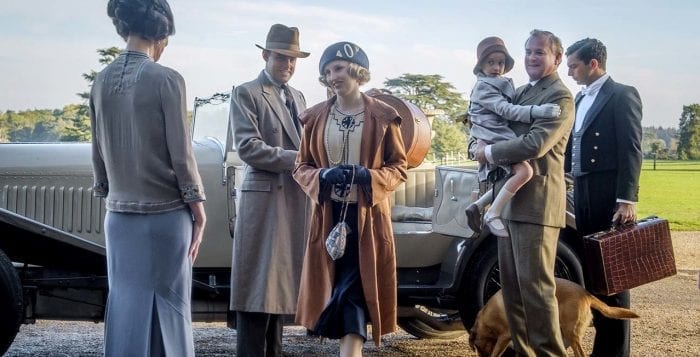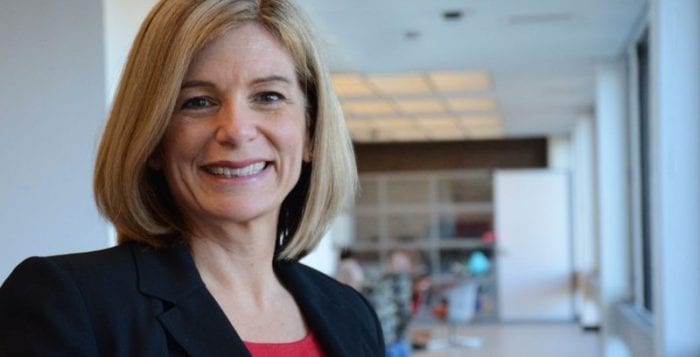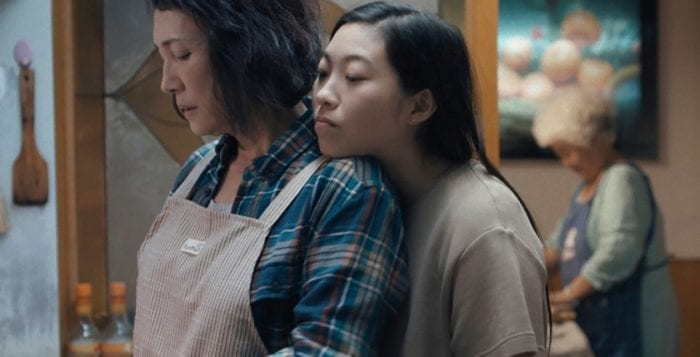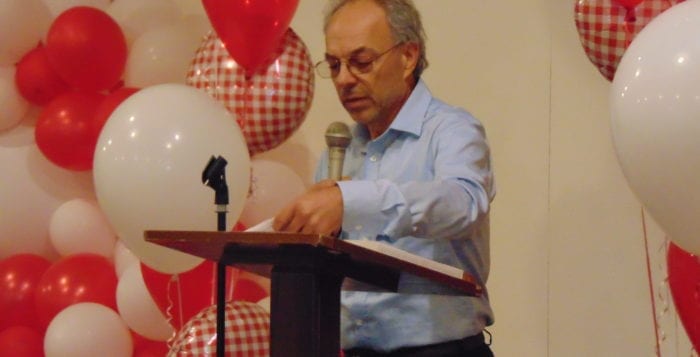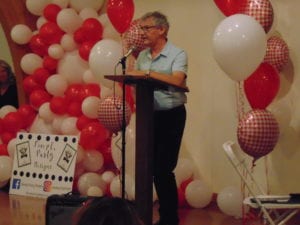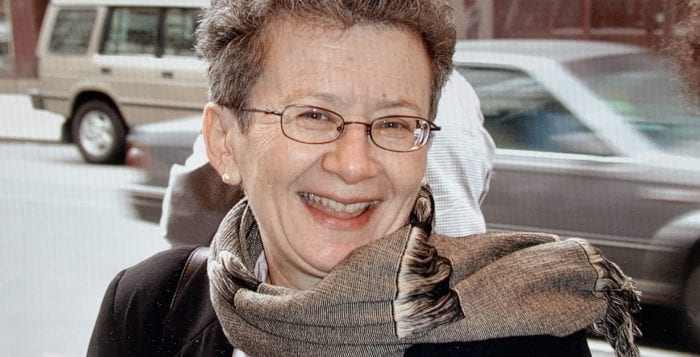By Leah S. Dunaief

It’s a time of transition. We can feel the weather changing and the seasons moving on. One day the temperature is 75 degrees, the next it might be 85 degrees, then in come the 60 degree days and the 50 degree nights. We live in a place where nature cycles through its daily gyrations to quarterly new worlds.
Those changes, if not on a daily basis, are nonetheless predictable from one year to the next. What aren’t predictable are the political gyrations we are witnessing from day to day. This makes for an uncertain outlook for the future, whether for our government, our economy or our society, and a certain ongoing anxiety for our citizenry.
Just look at the front page of any daily newspaper or listen to the top of the news on radio or television or read the blasts of news on your cellphone, and it’s enough to make for discomfort. There is undoubtedly a story about the latest bits of information seeping out from Republican President Donald Trump’s phone call to the Ukraine’s President Volodymyr Zelensky in which he asked about former vice president Joe Biden, a Democratic presidential candidate, and his son Hunter’s business dealings there. The story then quickly jumps to impeachment inquiries and who may question whom on the matter, along with polls purportedly measuring support for such action. The words “treason” and “civil war” have crept into the media reports.
There has also got to be something about North Korea’s missiles being recently launched toward Japan even though — or perhaps just because — talks between the United States officials and the North Koreans seem to be back on again. One of the latest projectiles actually landed in Japan’s exclusive economic zone, making the Japanese exceedingly nervous.
A story about the negative effects of the tariffs on the global economy is a given. Global growth is predicted to slow to half of what was expected six months ago, and the evidence of the slowdown can be seen in less production on the factory floors. This translates into fewer jobs, less pay and a reduced standard of living. That means less consumer expenditures, which causes the economy to slow further. We also know the consequences of a faltering economy can be significant social unrest.
The global picture is further complicated by Brexit, that almost comic yet deadly serious tug-of-war playing out in British politics, which threatens future commerce and trade across the English Channel and indeed the world. With uncertainty, money is flowing into the American dollar, seen as a safe haven. This in turn makes the dollar stronger, which makes exports more expensive, further depressing trade.
So is there still room on the front page and in our minds for news of Iran, Peru, Hong Kong and India with its onion crisis?
There is also immigration, possible bias in Harvard admissions, racist threats, more #MeToo, gun control and climate change to vie for space in the news roundup. And more on taxing the wealthy, the opioid crisis, breaking up big tech and, of course, the run-up to the 2020 election are regular offerings in the news.
No wonder “Downton Abbey” is proving to be so popular at the movies. What delightful escapism to a world of orderly households, elaborate dinners and table settings, gorgeous clothing, comforting etiquette, bucolic scenery and crises over whether or not to add a refrigerator in the kitchen. The biggest challenge in that world is preparing properly for a visit from the king and queen of England.
So here is the antidote to the frenzy of the news. Either take some time away, as I did this past weekend when I left town to visit family and friends. I completely shut down newscasts, even those on my cellphone. Or go to the movies and enter the polite world of 1927 and the Crawley family. Or read the local news in the hometown papers and on the web and social media. There you know that if it’s from TBR News Media it’s both trustworthy and sane.

